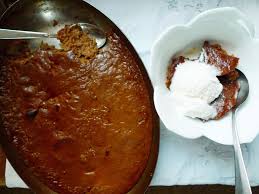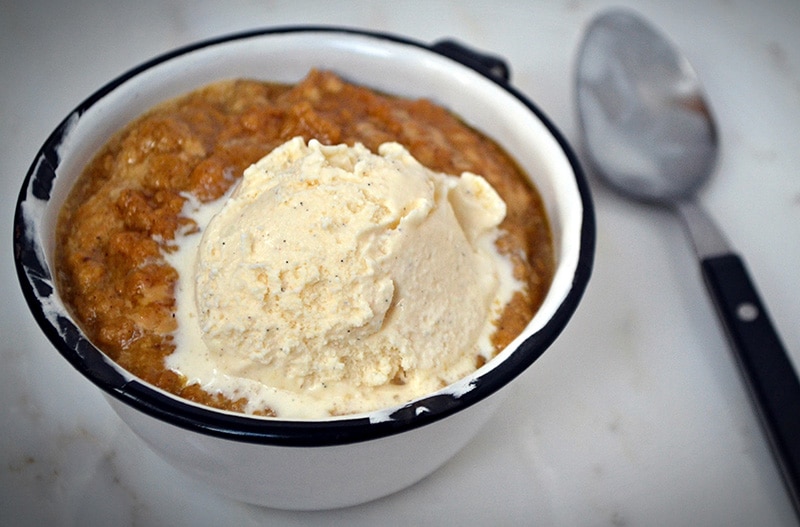Exploring the Rich History of Indian Pudding
Indian pudding is a classic New England dessert with deep roots in American history. This rich, spiced pudding, made primarily from cornmeal and molasses, tells a story of cultural exchange and adaptation. In this article, we will delve into the origins, evolution, and significance of Indian pudding, offering a comprehensive overview of its fascinating history.
Origins of Indian Pudding
1. Native American Influence
Cornmeal as a Staple:
- The foundation of Indian pudding lies in cornmeal, which was a staple food of Native American diets long before European settlers arrived. Native Americans used cornmeal to make a variety of dishes, including porridges and breads.
Adoption by Colonists:
- European settlers in New England adopted cornmeal from Native Americans, who taught them how to grow and use corn, a crop previously unknown to them.

indian pudding history
2. Colonial Adaptation
Incorporation of Molasses:
- As settlers adapted their traditional recipes to the ingredients available in the New World, they began to use molasses, a byproduct of the sugar refining process, as a sweetener. Molasses was more readily available and affordable than sugar.
Influence of Hasty Pudding:
- Indian pudding is thought to have evolved from "hasty pudding," a simple English dish made from wheat flour and milk. The settlers substituted cornmeal for wheat flour and added molasses and spices, creating a unique New England dessert.
Evolution and Popularity
1. Recipe Development
Ingredients:
- Traditional Indian pudding recipes include cornmeal, milk, molasses, and spices such as cinnamon and ginger. Some variations incorporate eggs and butter for a richer texture.
Cooking Method:
- Indian pudding is typically slow-cooked, either in a pot over low heat or baked in the oven, allowing the flavors to meld and the texture to become thick and creamy.
2. Cultural Significance
New England Tradition:
- Indian pudding became a beloved dessert in New England, especially during the fall and winter months. It was often served at Thanksgiving and other special occasions, symbolizing the region's agricultural heritage and colonial history.

indian pudding history
Decline and Revival:
- Although its popularity waned in the 20th century with the advent of more modern desserts, there has been a resurgence of interest in traditional foods, leading to a renewed appreciation for Indian pudding.
Modern-Day Indian Pudding
1. Preservation of Tradition
Historic Recipes:
- Many historical societies and culinary historians have worked to preserve traditional Indian pudding recipes, ensuring that this piece of American culinary history is not lost.
Restaurant Offerings:
- Some New England restaurants continue to serve Indian pudding, offering patrons a taste of history alongside their meals.
2. Contemporary Variations
Health-Conscious Adaptations:
- Modern variations of Indian pudding may include alternative sweeteners like maple syrup or honey, as well as dairy-free options to cater to various dietary preferences.
Creative Twists:
- Some chefs experiment with the traditional recipe by adding unique ingredients such as dried fruits, nuts, or different spices, putting a contemporary spin on the classic dish.
Conclusion
Indian pudding is more than just a dessert; it is a testament to the ingenuity and adaptability of early American settlers and the cultural exchange between Native Americans and European colonists. Its rich history, marked by adaptation and tradition, continues to be celebrated today. Whether enjoyed in its traditional form or with a modern twist, Indian pudding remains a beloved symbol of New England's culinary heritage.